31
High Trust Products1
Compatible Products13
Not Working ProductsChargers and Power Banks
Headphone & Speakers
Cases & Covers
Virtual Reality
Cables & Adapters
Media Player
Laptop
Tablet
Desktop
Cell Phone
Printers & Copiers
Memory Cards
TV
Computer Display
Game Console
Smart Home
Wearable Technology
Photo & Video Camera
Car Electronics
Car
Networking Equipment
Smart Toys
Home Audio & Video
Professional & Industrial
Storage Drive
Docking Station
Game Console Controllers
Set-top box
Keyboard, Mice, & Stylus
Portable Music Player
Computer Parts & Components
Cordless & Speakerphones
Projector
Software
Reporting
LG G5
by LG








Interested in this product?

Select a product category to see which devices type we recommend to use with the LG G5:
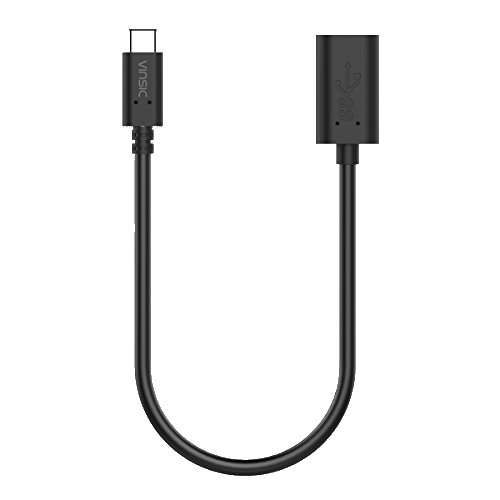
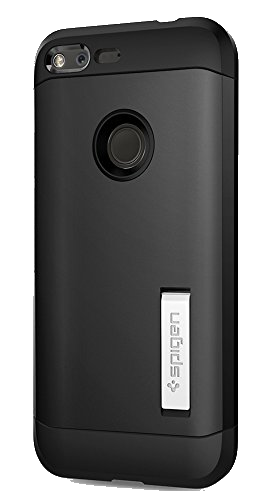

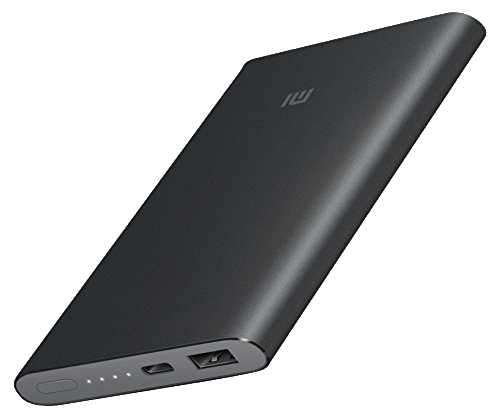
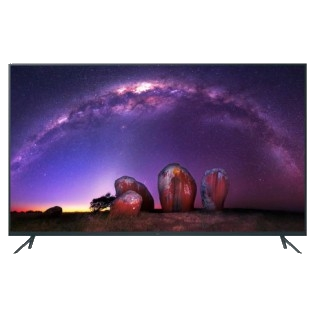
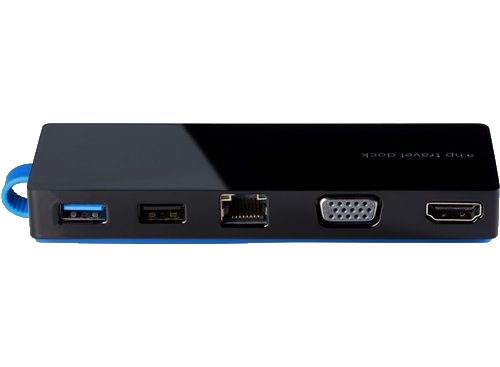





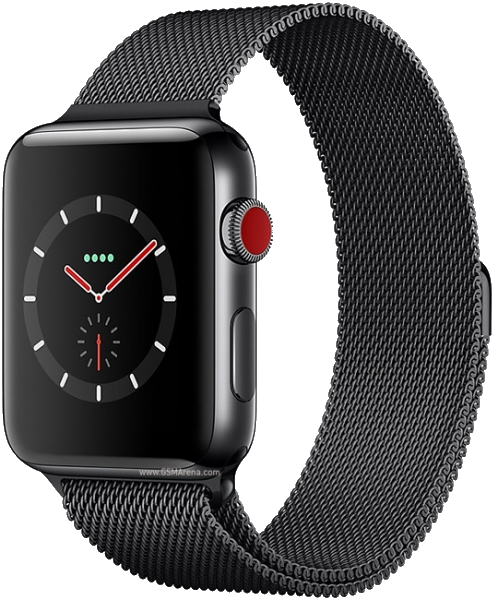
LG G5 Shows Off USB Type-C But With Both Qualcomm Quick Charge 3.0 and USB Power Delivery
After Google released the first Android phones with USB Type-C, the LG Google Nexus 5X and the Huawei Google Nexus 6P, the first wave of mainstream Android devices are now available. Having gotten an early lead in getting up the learning curve with USB Type-C technology, LG has gotten a lot more aggressive with USB Type-C technology implementation with its latest flagship, the LG G5.
Unlike the LG Google Nexus 5X which supports simply 15 Watts of battery charging (5 Volts @ 3 Amps) that is now possible over USB Type-C even without support active USB Power Delivery controllers, the LG G5 has decided to support Qualcomm's Quick Charge 3.0 technology to enable 16 Watts of battery charging (9 Volts @ 1.8 Amps) in addition to supporting two USB Power Delivery modes (15 Watts from 5 Volts @3 Amps, 18 Watts from 9 Volts @2 Amps). Although the USB Power Delivery specification doesn't allow for alternative charging protocols like Qualcomm's Quick Charge, Quick Charge is appealing to mobile phone makers looking for an inexpensive solution that is supported by Qualcomm who is hugely influential in the mobile phone technology. The LG Google Nexus 5X also had Qualcomm's Quick Charge technology in the Nexus 5X but Google disabled it.
Although the LG G5 uses a charger that has Qualcomm Quick Charge 3.0 instead of USB Power Delivery technology for fast charging, it also supports USB Power Delivery based charging. The LG G5 also leverages USB Power Delivery Alternate Mode features to support DisplayPort over the same USB Type-C connector. With DisplayPort, you can output high definition video from the LG G5. Unlike a similar technology mobile video technology, MHL, you can connect the LG G5 to a DisplayPort monitor or easily convert DisplayPort to connect to HDMI, VGA, or DVI monitors.
Apart from USB Type-C, the other innovative thing about the LG G5 is the ability to add battery, camera, and other LG Friends modules. Perhaps a limited preview of Google's ambitious Ara modular smartphone project, the LG G5 is a breath of fresh air compared to more incremental advances seen on Samsung and Apple phones.
Joining other phones like the Samsung Galaxy S7, the LG G5 also now supports UFS 2.0 instead of eMMC for internal flash storage but keep external SD card support.
The LG G5 is one of the first phones with dual rear cameras- one 16-megapixel with f/1.8 and 78 degrees field of view as the primary camera, and one 8-megapixel with f/2.4 and 135 degrees of view for a wide-angle lens type shot.
I purchased the LG G5 at an AT&T Store in San Ramon, California.
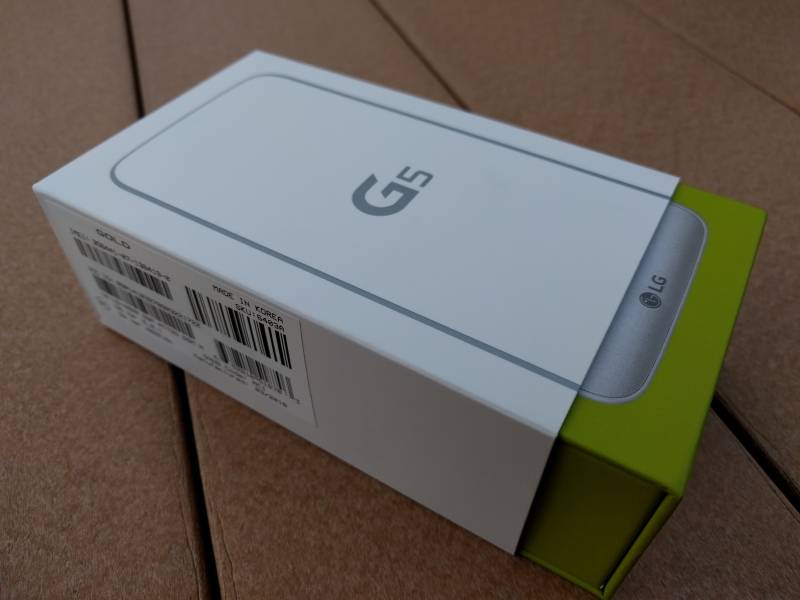
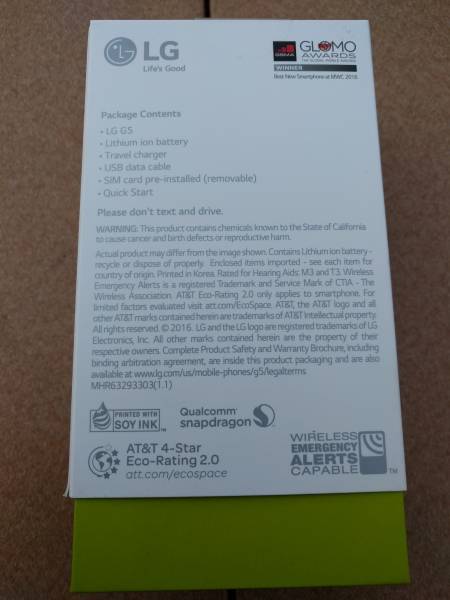
The LG G5 packaging certainly highlights its LG Friends modular accessories but rest be assured that inside the box is more than just the battery module shown on the cover.


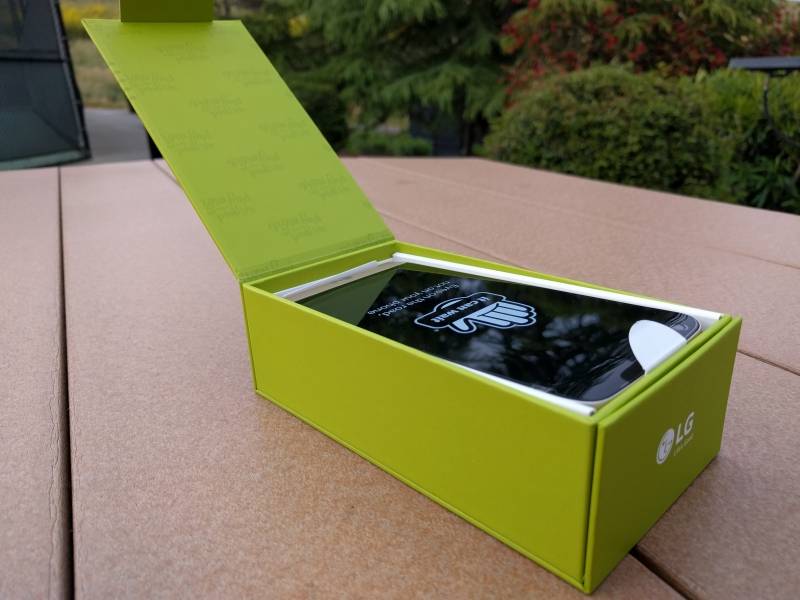
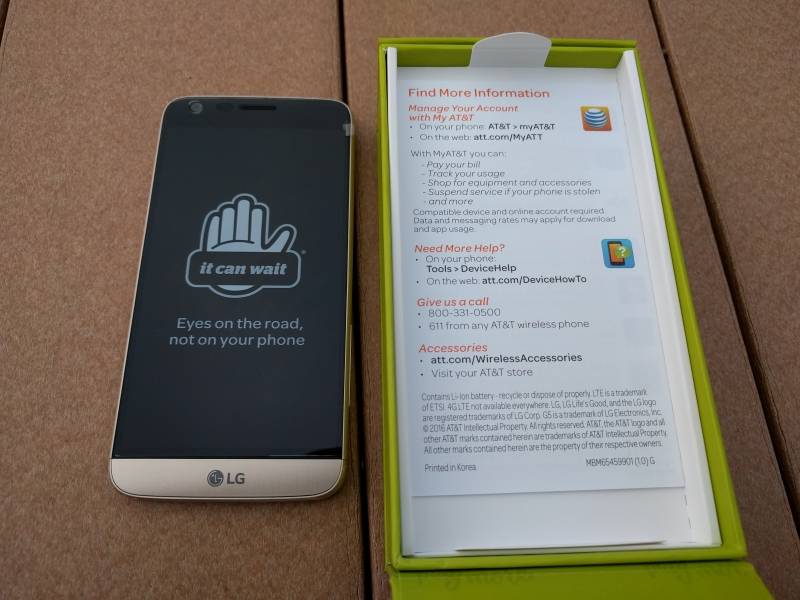

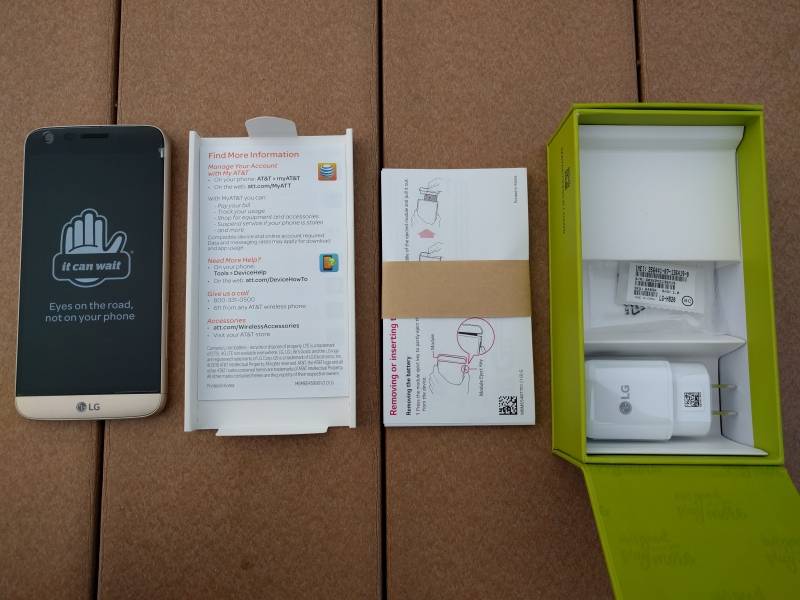
The main accessories that come with the G5 was the Qualcomm Quick Charge 3.0 power charger. It was supposed to come with a USB cable but it was missing from the box for some reason.
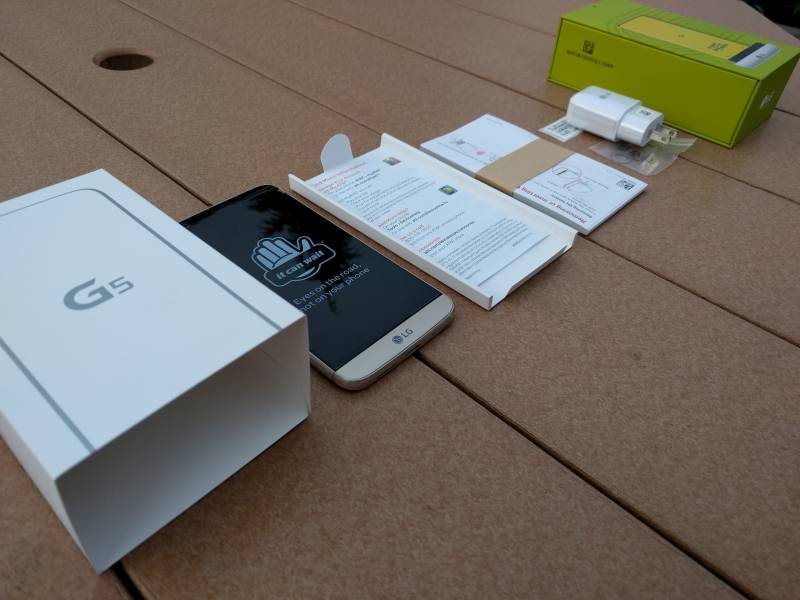


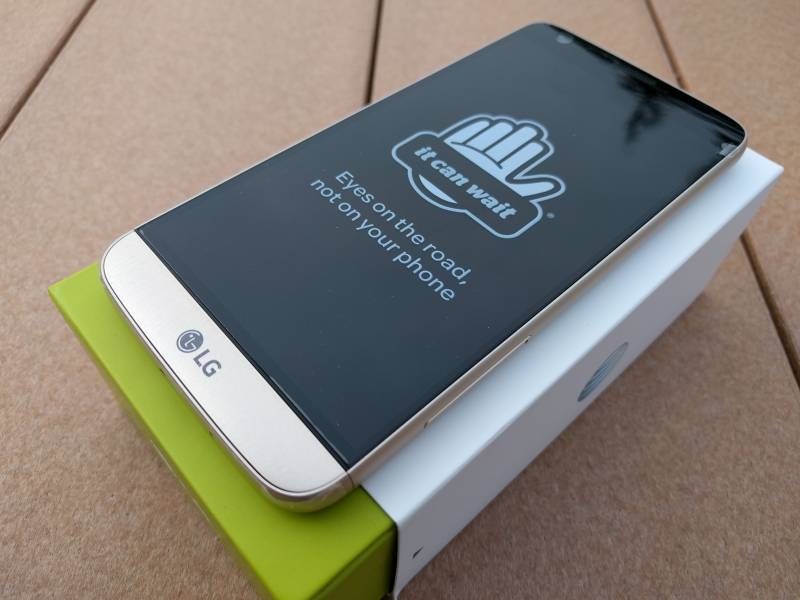
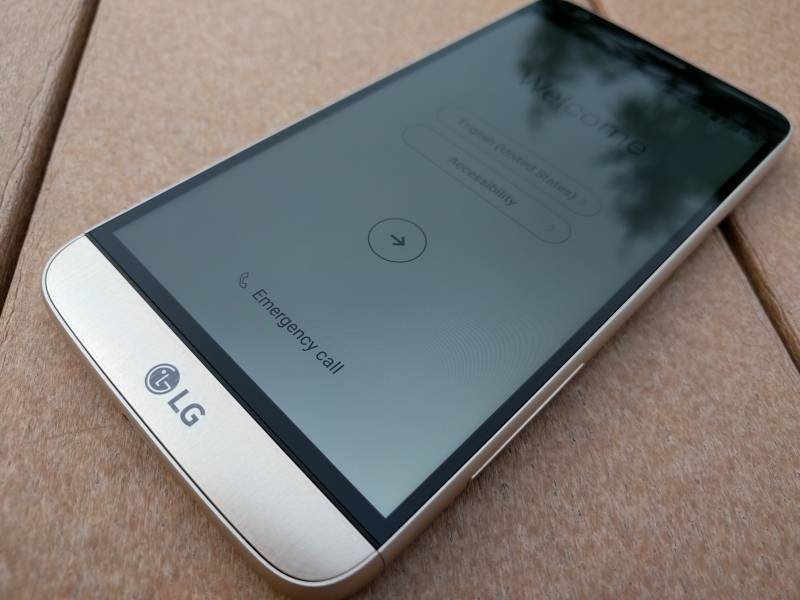

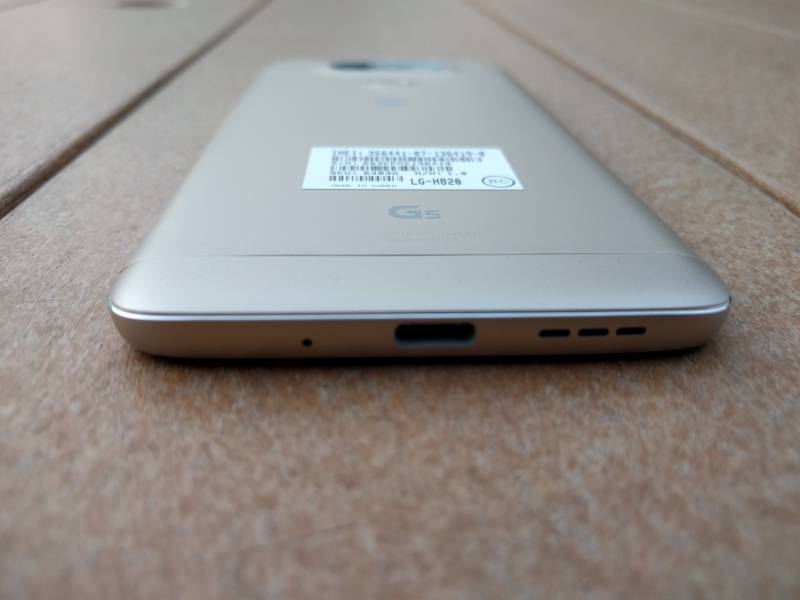
Setting up the LG G5 was relatively easy. Click here to see how to set up the LG G5 and transfer your accounts, files, and settings from another Android phone.
Strangely enough, the LG G5 didn't come with a USB cable that was supposed to be in the box. After reporting this to the AT&T store, they kindly gave me a new LG USB Type-C to USB Type-A cable so I can at least charge the phone.
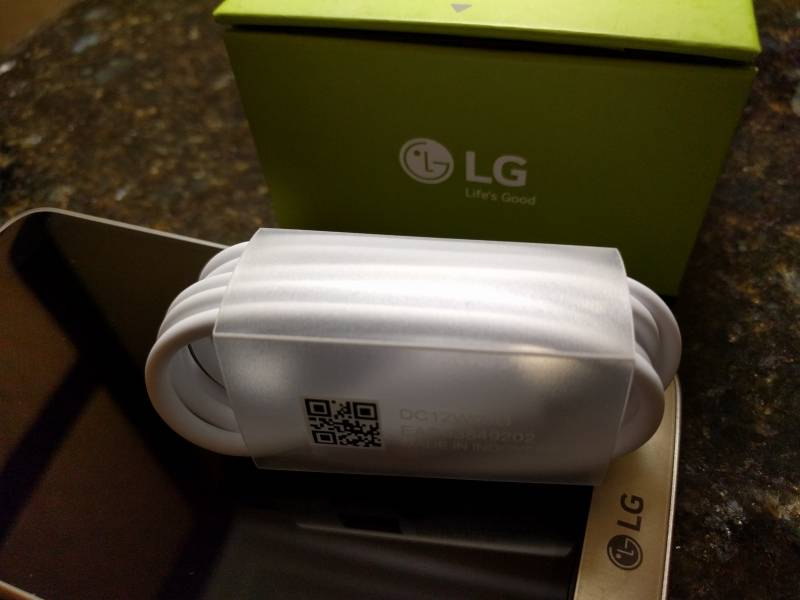
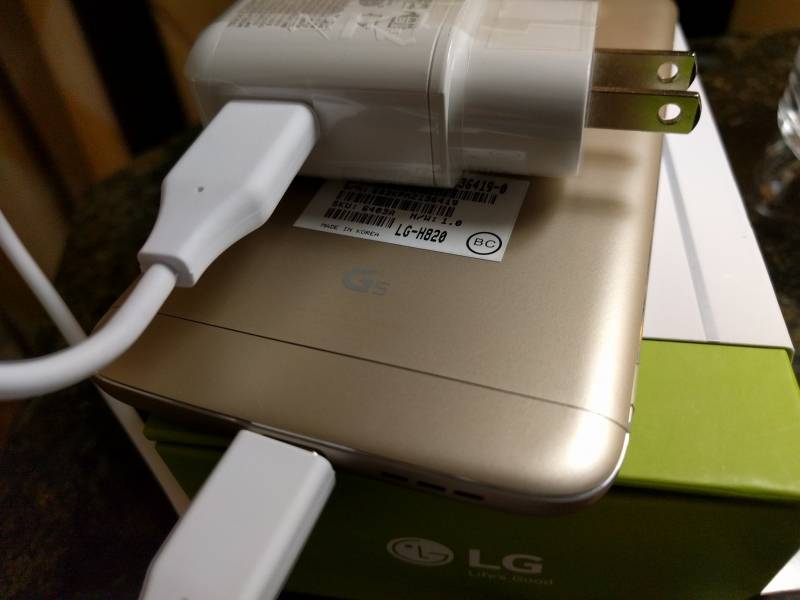
To see more details on power capabilities of the LG G5, we ran the following tests using the USB Power Test App from Granite River Labs with the Granite River Labs USB Power Delivery Compliance C2 Tester.
The USB Power Test App first negotiates a power contract emulating the Source to determine the Power Delivery Sink capabilities of the LG G5. The USB Power Test App then reports out the voltage and current supported by the phone for each of the Source PDO's advertised to the phone.
| Sink Cap. | Voltage (V) | Current (A) |
|---|---|---|
| 5V | 5.09 | 0.44 |
| 6V | 6.09 | 0.43 |
| 7V | 7.07 | 0.44 |
| 8V | 8.1 | 0.44 |
| 9V | 9.08 | 0.44 |
| 10V | 5.09 | 0.44 |
| 11V | 5.08 | 0.43 |
| 12V | 5.09 | 0.44 |
| 13V | 5.07 | 0.44 |
| 14V | 5.07 | 0.44 |
| 15V | 5.07 | 0.44 |
| 16V | 5.06 | 0.43 |
| 17V | 5.07 | 0.44 |
| 18V | 5.07 | 0.43 |
| 19V | 5.07 | 0.43 |
| 20V | 5.07 | 0.43 |
The USB Power Test App from Granite River Labs also produces a voltage, current trace plot which graphically shows the voltage and current requested by the LG G5 for each advertised Source PDO throughout the power negotiation.
View Full Article
Featured Products
 GTrusted
GTrusted


































